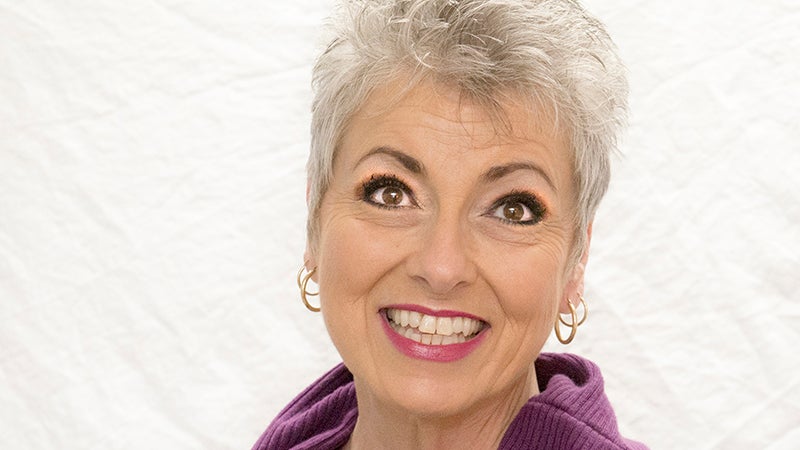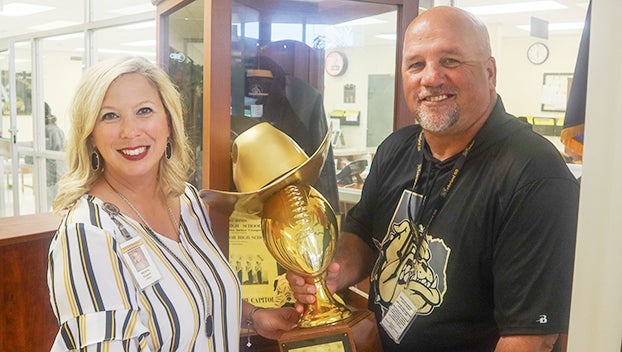HEALTHY LIVING — April is Autism Awareness Month
Published 12:06 am Friday, April 17, 2020
|
Getting your Trinity Audio player ready...
|
A dear friend, who has a 36-year-old autistic daughter, asked me to write about this subject. While we often read about and see information about autism in children, we don’t often see anything about adults affected by this.
Autism spectrum disorder includes conditions previously called autism, pervasive developmental disorder, and Asperger’s syndrome. The causes are not known.
It is a complex neurobehavioral condition that includes impairments in social interaction and developmental language and communication skills combined with rigid, repetitive behaviors.
Because of the range of symptoms, this condition is now called autism spectrum disorder (ASD). It covers a large spectrum of symptoms, skills, and levels of impairment.
ASD ranges in severity from a handicap that somewhat limits an otherwise normal life to a devastating disability that may require institutional care.
“High-functioning autism” isn’t an official medical term or diagnosis. It’s an informal term some people use when they talk about people with an autism spectrum disorder who can speak, read, write and handle basic life skills like eating and getting dressed.
They may live independently and are a lot like anyone else. Like all people on the autism spectrum, people who are “high-functioning” have a hard time with social interaction and communication. They don’t naturally read social cues and might find it difficult to make friends. They can get so stressed by a social situation that they shut down.
They don’t make much eye contact or small talk. People on the spectrum who are high-functioning can also be very devoted to routine and order. They might have repetitive and restrictive habits that seem odd to others. This is the case with my friend’s daughter.
She lives in a small apartment above her parents’ garage. Some can hold a job, and others find that really hard to do. It all depends on the person and the situation. But even for someone on the spectrum who can do a lot, social skills are usually underdeveloped.
Children with autism have trouble communicating. They have trouble understanding what other people think and feel. This makes it very hard for them to express themselves either with words or through gestures, facial expressions, and touch.
Symptoms of autism typically appear during the first three years of life. Some children show signs from birth.
Others seem to develop normally at first, only to slip suddenly into symptoms when they are 18 to 36 months old. My friend’s daughter was 21 months old when she was diagnosed. However, it is now recognized that some individuals may not show symptoms of a communication disorder until demands of the environment exceed their capabilities.
Autism is four times more common in boys than in girls. It knows no racial, ethnic, or social boundaries. Family income, lifestyle, or educational levels do not affect a child’s chance of being autistic. Not too long ago, some kids who would be diagnosed with autism spectrum disorder today might have been labeled as “difficult” or “learning disabled,” and may not have gotten the help they needed.
Now, those children are adults and they or their family members may wonder if they might have ASD. The problem is, there’s no established procedure for diagnosing ASD in adults. Adult autism specialists are hard to find.
It might be best to ask your primary care doctor or psychologist for a referral. If your area has an autism center, that would be an excellent place to start.
Your path to an autism spectrum disorder diagnosis probably won’t be a straight one. But regardless of where it takes you, it is important to find the resources to learn the coping skills necessary to navigate your day-to-day world.
I hope this information is of help to someone who may have had questions. I wish you a healthy life, my friends.
Jody Holton writes about healthy living for The Port Arthur News. She can be reached at jholton3@gt.rr.com.






